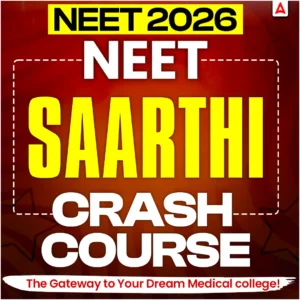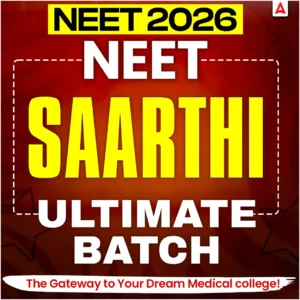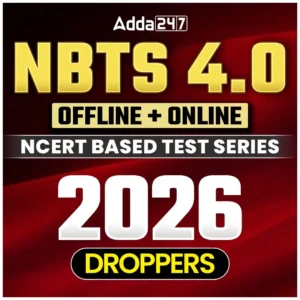In the NEET Physics Syllabus 2026, the Experimental Skills Chapter is listed as a crucial chapter that require attention and acknowledgement from the students. This chapter requires students to student all the important topics which are part of the NEET Syllabus 2026. In the process to assist all the students and aspirants who are studying the Experimental Skills Chapter and preparing for the NEET 2026 exam, we have shared a list of NEET MCQs that help them to complete their preparations for the chapter by studying all the important questions and enhancing more and more knowledge about them.
NEET Physics MCQs for Experimental Skills Chapter
The Experimental Skills chapter is an important part of the NEET Physics syllabus. While most chapters focus on concepts, theories, and problem-solving, this section tests a candidate’s ability to apply knowledge in practical situations. Questions from this chapter usually involve measurement techniques, errors, graph interpretation, and use of instruments such as vernier calipers, screw gauge, and ammeter-voltmeter combinations.
Practicing NEET Physics MCQs for Experimental Skills helps students develop accuracy in solving application-based problems and builds confidence in handling real-life experimental data. Since 1–2 questions are often asked from this section, it can make a difference in your overall NEET score.
Important Topics in Experimental Skills for NEET
An “Experimental Skills Chapter” provides an overview of the practical abilities and theoretical knowledge needed to perform, analyze, and interpret scientific experiments. Key aspects include accurate measurement with instruments like a vernier caliper or screw gauge, error analysis to understand data uncertainty, data recording and graphing, and proper laboratory techniques for safety and precision. These skills foster critical thinking, problem-solving, and hands-on involvement in the scientific process. Before practicing MCQs, students should revise the key topics under this chapter:
- Measurement of length, mass, and time
- Significant figures and error analysis
- Vernier calipers and screw gauge readings
- Use of ammeter, voltmeter, and multimeter
- Graph interpretation (slope, intercept, area under curve)
- Practical verification of laws (Ohm’s Law, Hooke’s Law, etc.)
- Dimensional analysis in experiments
Importance of Solving NEET Physics MCQs for Experimental Skills Chapter
Preparing for the NEET Exam requires perfection and in-depth understanding of every topic so that all the aspirants can score high marks and qualify for the admission. Therefore, by solving NEET Physics MCQs for Experimental Skills Chapter, students get multiple benefits like:
- Apparatus and Instruments: Knowing the function and least count of common lab instruments like the vernier caliper, screw gauge, and spectrometer.
- Measurement and Errors: Identifying sources of error (systematic vs. random), calculating percentage error, and performing corrections (e.g., zero error).
- Circuit Diagrams: Interpreting and analyzing electrical circuits to find unknown values using instruments like a potentiometer or meter bridge.
- Graphical Analysis: Drawing conclusions from a given graph, such as finding the slope or intercept to determine a physical quantity.
- Viva Voce Concepts: Understanding the underlying principles of an experiment and the precautions to be taken.
NEET Physics MCQs on Experimental Skills Chapter
The aspirants who are looking forward to appear for the NEET Exam must start preparing for the exam by solving more and more Experimental Skills MCQs as listed below:
Question 1 – The least count of a vernier caliper is 0.01 cm. If the main scale reading is 2.3 cm and the 7th division of the vernier scale coincides with the main scale, the reading is:
a) 2.37 cm
b) 2.70 cm
c) 2.07 cm
d) 2.77 cm
Answer: a) 2.37 cm
Question 2 – A screw gauge has a pitch of 0.5 mm and 50 divisions on its circular scale. The least count of the screw gauge is:
a) 0.01 mm
b) 0.1 mm
c) 0.05 mm
d) 0.02 mm
Answer: d) 0.01 mm
Question 3 – If the measured value of a quantity is
cm, the relative error is:
a) 0.025
b) 0.036
c) 0.042
d) 0.048
Answer: b) 0.036
Question 4 – In a simple pendulum experiment, the length is measured as 100 cm with an error of 2 cm, and the time period is measured as 2.0 s with an error of 0.1 s. The percentage error in calculation of
is:
a) 2%
b) 4%
c) 6%
d) 8%
Answer: c) 6%
Question 5 – A student measures the potential difference across a resistor using a voltmeter of resistance 10 kΩ. If the actual resistance of the resistor is 100 kΩ, then the error in voltage measurement is approximately:
a) 1%
b) 5%
c) 9%
d) 10%
Answer: c) 9%
Question 6 – In a graph between velocity (v) and time (t), the slope represents:
a) Displacement
b) Acceleration
c) Momentum
d) Force
Answer: b) Acceleration
Question 7 – The number of significant figures in
is:
a) 3
b) 4
c) 5
d) 6
Answer: c) 4
Question 8 – The pitch of a screw gauge is 1 mm and the circular scale has 100 divisions. The least count of the screw gauge is:
a) 0.1 mm
b) 0.01 mm
c) 0.001 mm
d) 0.02 mm
Answer: b) 0.01 mm
Question 9 – A vernier caliper has 10 divisions of the vernier scale equal to 9 divisions of the main scale. If one main scale division = 1 mm, the least count is:
a) 0.1 mm
b) 0.01 mm
c) 0.2 mm
d) 0.05 mm
Answer: b) 0.1 mm
Question 10 – If the slope of a stress–strain graph is constant, the material obeys:
a) Hooke’s law
b) Newton’s law
c) Ohm’s law
d) Boyle’s law
Answer: a) Hooke’s law
Question 11 – The percentage error in measurement of the radius of a sphere is 2%. The percentage error in its volume will be:
a) 2%
b) 4%
c) 6%
d) 8%
Answer: c) 6%
Question 12 – A student uses a screw gauge of least count 0.01 mm. The zero error is found to be −0.03 mm. If the measured reading is 2.58 mm, the correct reading is:
a) 2.55 mm
b) 2.61 mm
c) 2.60 mm
d) 2.62 mm
Answer: b) 2.61 mm
Question 13 – If the graph between current (I) and voltage (V) for a conductor is a straight line passing through the origin, the conductor obeys:
a) Coulomb’s law
b) Hooke’s law
c) Ohm’s law
d) Kirchhoff’s law
Answer: c) Ohm’s law
Question 14 – The half-life of a radioactive sample is measured as
minutes. The percentage error is:
a) 1%
b) 2%
c) 3%
d) 5%
Answer: a) 3%
Question 15 – A student measures the diameter of a wire using a screw gauge. The readings are:
-
Pitch = 1 mm, divisions = 100
-
Main scale = 5 mm
-
Circular scale = 47 divisions
The diameter of the wire is:
a) 5.47 mm
b) 5.47 cm
c) 5.047 mm
d) 5.470 mm
Answer: c) 5.047 mm
Question 16 – If the error in measurement of current is 2% and that of resistance is 1%, the maximum error in measurement of power
is:
a) 2%
b) 3%
c) 4%
d) 5%
Answer: c) 5%
Question 17 – The slope of a potential difference (V) vs. current (I) graph gives:
a) Current
b) Resistance
c) Conductance
d) Power
Answer: b) Resistance
Question 18 – Which of the following physical quantities is dimensionless?
a) Strain
b) Stress
c) Pressure
d) Angular momentum
Answer: a) Strain
Question 19 – A measurement is recorded as
m. The number of significant figures is:
a) 2
b) 3
c) 4
d) 5
Answer: c) 4
Question 20 – In an experiment, the time period of a pendulum is measured as 2.45 s, 2.47 s, 2.46 s, and 2.44 s. The mean time period and absolute error are:
a)
b)
c)
d)
Answer: c)
Year Wise NEET Physics MCQs for Experimental Skills Chapter
In the table listed below, we have added the year wise NEET Physics MCQs for Experimental Skills Chapter so that all the students can start preparing accordingly. Click on the links below:
| Year Wise NEET Physics MCQs for Experimental Skills Chapter | |
| Year | Links |
| 2014 | Click Here |
| 2015 | Click Here |
| 2016 | Click Here |
| 2017 | Click Here |
| 2018 | Click Here |
| NEET Physics Chapters | MCQ Link |
|---|---|
| Physics and Measurement | Click Here |
| Kinematics | Click Here |
| Laws of Motion | Click Here |
| Work, Energy, and Power | Click Here |
| Rotational Motion | Click Here |
| Gravitation | Click Here |
| Properties of Solids and Liquids | Click Here |
| Thermodynamics | Click Here |
| Kinetic Theory of Gases | Click Here |
| Oscillation and Waves | Click Here |
| Electrostatics | Click Here |
| Current Electricity | Click Here |
| Magnetic Effects of Current and Magnetism | Click Here |
| Electromagnetic Induction and Alternating Currents | Click Here |

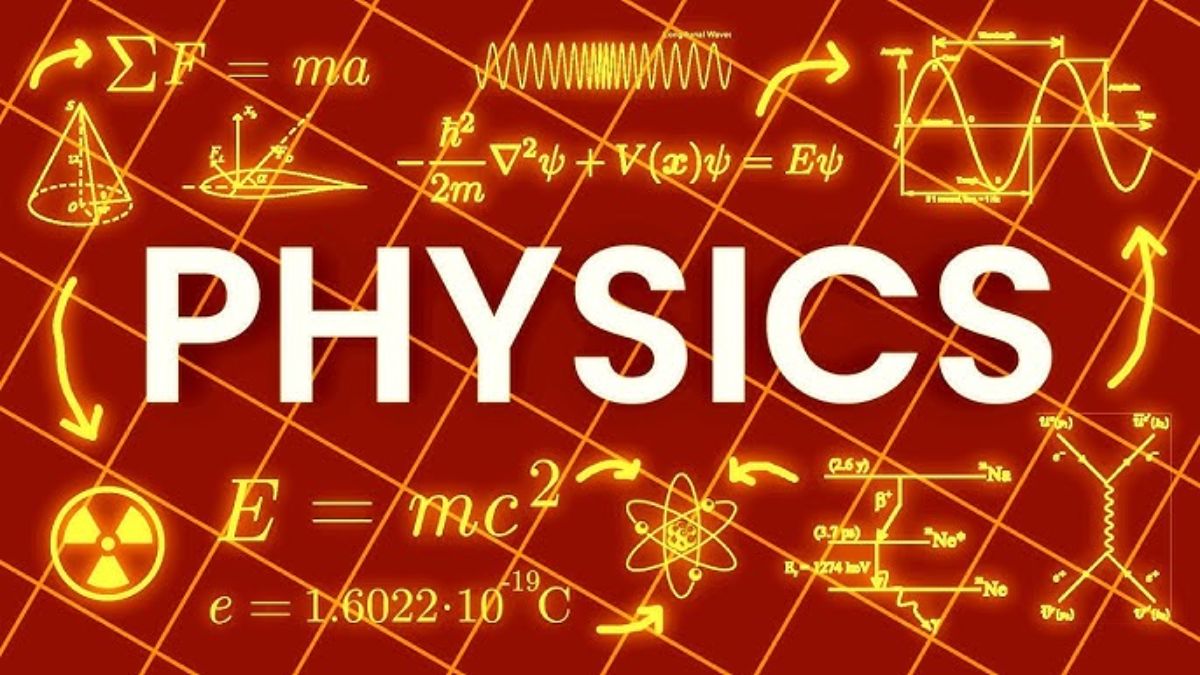
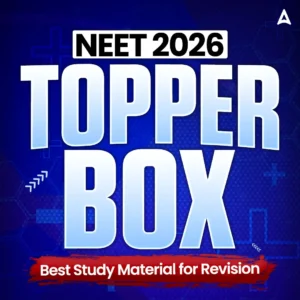







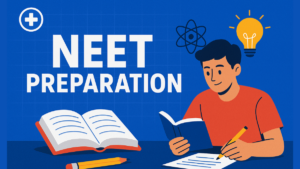 NEET Preparation Strategy 2026: Detailed...
NEET Preparation Strategy 2026: Detailed...
 Free NEET Sample Papers 2026 PDF | Downl...
Free NEET Sample Papers 2026 PDF | Downl...
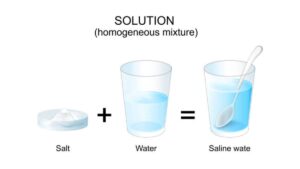 Salt Analysis NEET Notes, Check Importan...
Salt Analysis NEET Notes, Check Importan...
